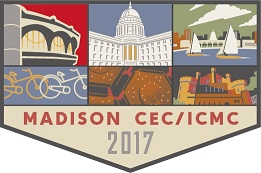Conveners
M1OrA - Focused Symposia - Propulsion I: Overview, System Level
- Kenichi Sato (Japan Science and Technology Agency)
- Timothy Haugan (U.S. Air Force Research Laboratory)
For Electric Aircrafts of passenger capacity of about 20 and above, there is a clear need to have a high power weight density drive train and energy conversion concept. Conventional concepts (often referred to as “non-cryogenic concepts” are clearly limited in this figure of merit [1] to about 20 kW/kg (for MW size motors). The use of cryogenic machines or superconducting concepts might...
Megawatt (MW) class electric power systems will be needed in the next 5-10 year timeframe, not only for directed energy (DE) applications, but also for hybrid-electric or electric propulsion drivetrains for aerospace vehicles. There is question whether conventional technologies already established can meet this challenge with sufficient power densities and efficiencies, or whether alternate...
Hybrid electric propulsion aircraft are proposed to improve overall aircraft efficiency, enabling future rising demands for air travel to be met. The development of appropriate electrical power systems to provide thrust for the aircraft is a significant challenge due to the much higher required power generation capacity levels and complexity of the aero-electrical power systems (AEPS). The...
